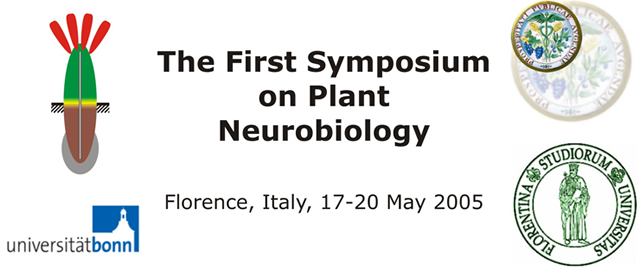|
14-3-3 proteins were originally
identified during a systematic classification of brain proteins. The brain does contain high levels of 14-3-3
protein and it was thought initially that they were specific for neuronal tissue. Not surprisingly, diseases
like Alzheimer, Parkinson and SCA1 have been linked to 14-3-3 function. It is now clear that 14-3-3 protein
are ubiquitously expressed in almost all eukaryotic cells and that they have a wide range of functions due to
the phosphorylation dependent interaction with numerous (> 300) partner proteins (1). During evolution the
basic structure of 14-3-3 proteins has been conserved and in contrast to the initial picture it looks like
there is also functional conservation. Thus, it becomes clear that both in plant and in animals 14-3-3
proteins are essential for the activity of certain ion transporters, like pumps and channels (2). Here we
report on the function of plant 14-3-3 proteins in coupling chemical ( ABA ) and light (blue/red) signals, to
electrical signals and gene expression. Whether functional conservation goes as far as the demonstrated role
of brain 14-3-3s in learning and memory formation remains to be seen (3).
-
Dougherty, M.K., and Morrison, D.K. (2004). Unlocking the code of 14-3-3. Journal of Cell Science 117,
1875-1884.
- Van den Wijngaard, P.W.J., Sinnige, M.P., Roobeek, I., Reumer, A.,
Schoonheim, P.J., Mol, J.N.M., Wang, M., and De Boer, A.H. (2005). Abscisic acid and 14-3-3 proteins control K
+ channel activity in barley embryonic root. Plant Journal 41, 43-55.
- Simsek-Duran, F.,
Linden, D.J., and Lonart, G. (2005). Adapter protein 14-3-3 is required for a presynaptic form of LTP in the
cerebellum. Nature Neuroscience 7, 1296-1298.
|

